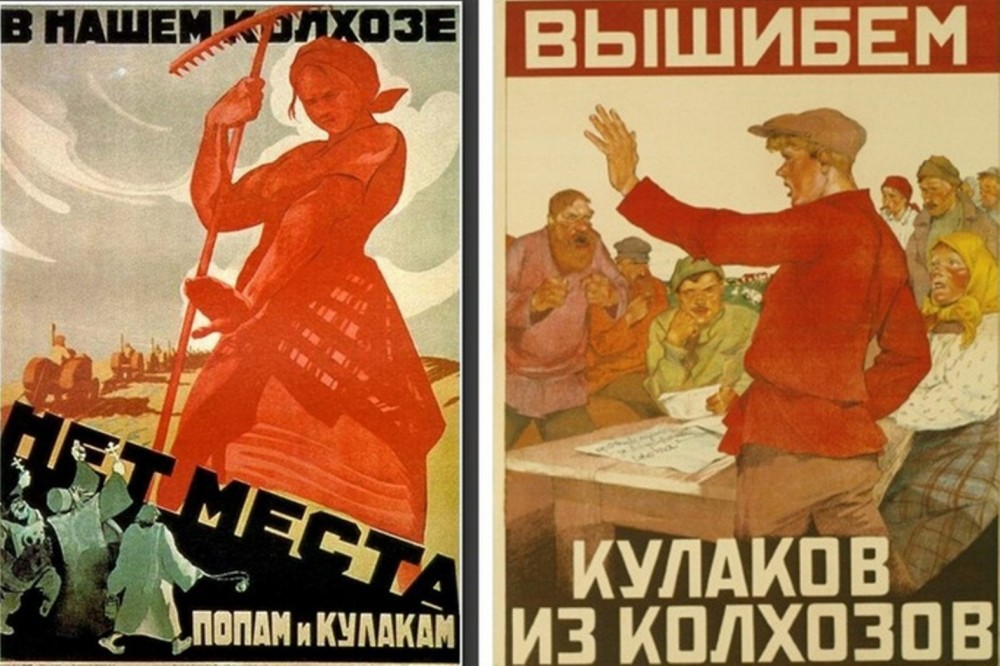
The purpose of the article is a scientific and historical study of the political circumstances of the chauvinistic attitude of the Bolshevik totalitarian regime towards Ukrainian «kurkuls», to identify the factors of the situational interpretation of the socio-economic type of «kurkul farms». The scientific novelty consists in the theoretical substantiation of the concept of «social chauvinism», as well as in the coverage of this historical phenomenon in the Ukrainian village. Conclusions. In the 20th century two anti-human ideologies arose and functioned — national socialism in Germany and social chauvinism in the USSR. They differed in origin, but had a common feature — hatred of social, ethnic, national and political groups of society. The socio-political intolerance of the Bolsheviks towards the wealthy classes (entrepreneurs, farmers, wealthy peasants, artisans) was an organic component of their ideology, theory and practice of socialist construction. It is noted that the classic socio-economic characteristics of «Kurkul farms» in 1929 were supplemented by political and ideological labels in the conditions of collectivization and grain procurement. Under such circumstances, the quantitative growth of «kurkuls» was observed. Their social group was supplemented by “pidkurkulnyks”, “saboteurs”, “speculators”, “rural bourgeoisie”, etc. The historical form of realization of social chauvinism was the policy of dispossession (dekurkulization). It was carried out by confiscation of land and property, economic restrictions, administrative pressure, relocation of “kurkuls” to so-called “villages” and deportation outside the USSR. The liquidation of the “kurkuls” as a class actually ended in 1933, but the chauvinistic attitude towards their “remnants” (Stalin’s expression) did not disappear. The liquidation of the “kurkuls” turned out to be their banal economic robbery by the Soviet authorities.
Source: Marochko V. (2022). Ukrainian `kurkuls` – the victims of the Bolshevik policy of social-chauvinism. Ukrainian peasant. 27: 54-60
Source web-site: https://ukr-selianyn-ejournal.cdu.edu.ua/article/view/4713/4964
Number of views: 1652